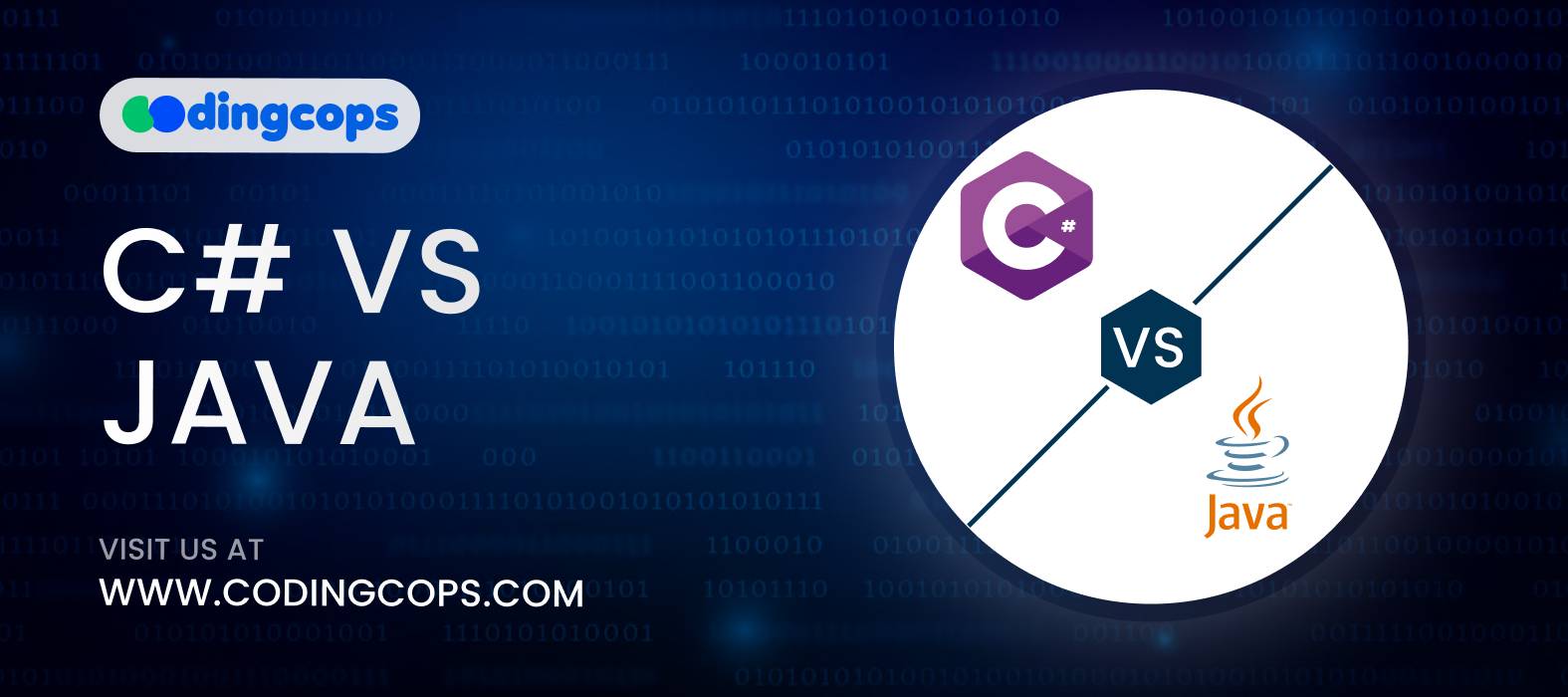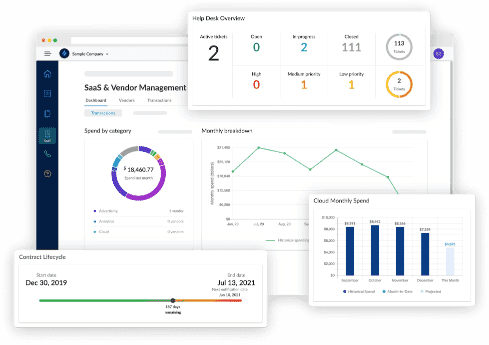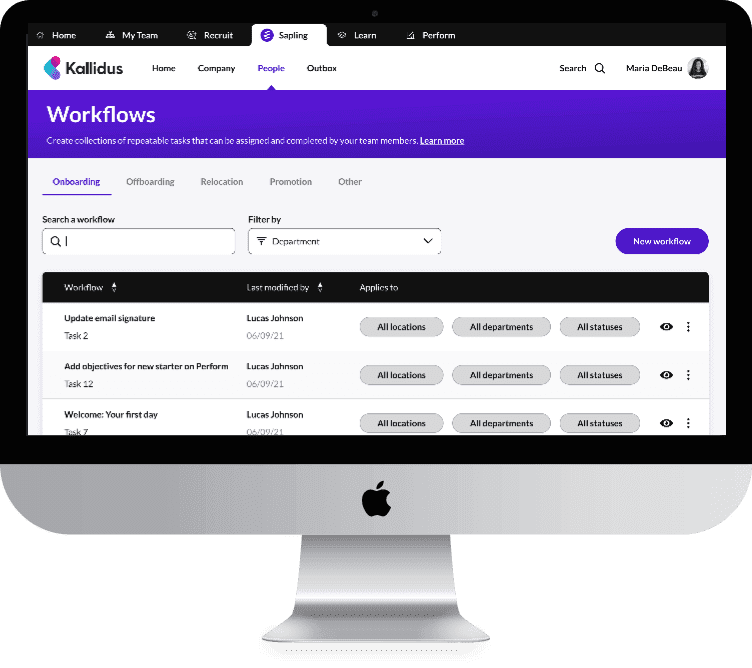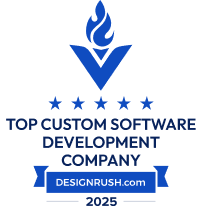Nowadays, the hardware that controls our daily digital lives is constantly upgrading. It appears that haptic feedback can create a brand-new design for the interaction of virtual objects with our reality.
This technology really mimics the haptics known as providing forces, motions, and vibrations, and all together these relay a more interesting real or digital experience. Companies Ruby on Rails developers to create strong backend solutions that can process haptic feedback data more effectively.
What is Haptic Feedback?

Imagine you’re typing on your smartphone’s keyboard and feel a slight vibration with each keystroke, or you’re playing a video game and your controller shakes in your hands, mimicking the sensation of driving on a rough road.
They are tactile feedback instances, where the tech generates the tactile tension by making the sense of touch simulated. It is the linkage between the virtual and the physical, adding realness and interactivity in their interaction with the devices and the application.
Types of Haptic Feedback

Haptic feedback can be broadly categorized into three types: tactile, force, and vibrotactile feedback.
1. Tactile Feedback
Tactile feedback, or tactile response, is probably the most familiar form of haptic technology. This involves mimicking the sensations of touch or pressure, for example, by using vibrations. When you press a button on a touchscreen and the device vibrates slightly to acknowledge the action, that’s tactile feedback in action.
2. Force Feedback
Force feedback is more complex and is often used in gaming and simulation environments. By means of pushing, twisting, or moving forces or motions, the user experiences greater immersion. For example, in a flight simulator, the joystick might push back against the user’s hand to simulate real flying conditions, such as turbulence.
3. Vibrotactile Feedback
Vibrotactile feedback is closely similar to tactile feedback but they are different in a way that they take vibrations as a means of transmitting information. You can make it so that it can send information to the phones through wireless technology such as a wearable device like a fitness tracker that will notify the user with vibrations about an incoming call or a message.
Benefits of Haptic Feedback
Haptic feedback is integrated into the devices we use and the technology conceivably offers a myriad of advantages, paving the way for a better human-tech relationship.
1. Enhanced User Experience
Haptic feedback makes the user experience much more engaging and immersive. It adds a layer of interaction beyond the visual and auditory, making digital experiences feel more real and tangible.
2. Improved Accessibility
For individuals with visual impairments, haptic feedback can be a game-changer. With its touch screen and voice command capabilities, it makes it also possible for people to talk to machines, rather than just use them, which therefore accommodates technology usage to everyone.
3. Increased Precision and Control
In applications that require precision, such as medical simulations or remote-controlled surgery, haptic feedback can provide the necessary tactile cues for more accurate control, reducing the margin of error.
Uses of Haptic Feedback

The range of applications for haptic feedback is quite large and diverse, from industrial uses to personal applications in our daily lives.
Consumer Electronics
In smartphones, tablets, and wearable devices, haptic feedback enhances user interaction by providing tactile responses to touch inputs, making the devices more intuitive to use.
Gaming and Virtual Reality
Haptic feedback is a cornerstone of immersive gaming and VR experiences. It creates a sensation where players can feel all the frequencies and forces of the actions throughout the game, enabling them to stay in the atmosphere of the game more than ever before.
Additionally, gaming companies can React developers as they have expertise in integrating haptic interactions with web-based gaming platforms.
Automotive Industry
Modern vehicles use haptic feedback in their touchscreens and control systems to provide drivers with intuitive inputs and alerts, enhancing safety and the driving experience.
Medical and Healthcare
In telemedicine and training simulators, haptic feedback plays an important role by simulating the tactile sensations doctors experience during physical procedures, improving training and precision.
The Future of Haptic Feedback
With the development of technology, haptic feedback is no longer the imagination, but the practical possibility. Besides, haptic technology has the potential to upgrade the realism of VR platforms and provide easier access to digital environments for various users.
It will keep moving with more integration into devices and applications which will definitely make the experiences more immersive, intuitive, and inclusive.
Conclusion
Haptic feedback is a brilliant technology that has the capability to alter the way we engage with digital devices. Through the reproduction of a touch sense, it adds a new dimension to our digital experiences, thus making them realistic, accessible, and enjoyable. As time passes, it would be interesting to see how haptic feedback further develops.
More Related Blogs
- React vs. Backbone.js
- Top 10 Future of React in 2024
- React Lifecycle Methods
- React State Management Libraries











































